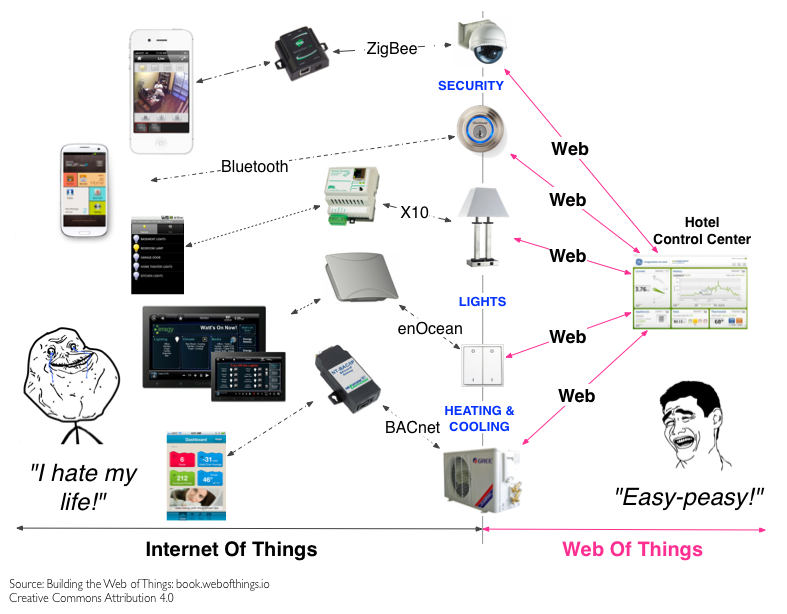The World Wide Web (WWW), also called the Web, is an information space where documents and other web resources are identified by Uniform Resource Locators (URLs), interlinked by hypertext links, and accessible via the Internet.[1] English scientist Tim Berners-Lee invented the World Wide Web in 1989. He wrote the first web browser in 1990 while employed at CERN in Switzerland.[2][3] The browser was released outside CERN in 1991, first to other research institutions starting in January 1991 and to the general public on the Internet in August 1991.
The World Wide Web has been central to the development of the Information Age and is the primary tool billions of people use to interact on the Internet.[4][5][6] Web pages are primarily text documents formatted and annotated with Hypertext Markup Language (HTML).[7] In addition to formatted text, web pages may contain images, video, audio, and software components that are rendered in the user's web browser as coherent pages of multimedia content.
Embedded hyperlinks permit users to navigate between web pages. Multiple web pages with a common theme, a common domain name, or both, make up a website. Website content can largely be provided by the publisher, or interactively where users contribute content or the content depends upon the users or their actions. Websites may be mostly informative, primarily for entertainment, or largely for commercial, governmental, or non-governmental organisational purposes.
Web of Things vs Internet of Things

WEB MINING
Today web mining is a challenging task in organization. Every organization generated vast amount of data from various source. Web mining is the process of extracting useful knowledge from web resources. Log files are maintained by the web server. The challenging task for E-commerce companies is to know their customer behavior to improve the business by analyzing web log files. E-commerce website can generate tens of peta bytes of data in their web log files. The analysis of log files is used for learning the user behavior in E-commerce system. The analysis of such large web log files need parallel processing and reliable data storage system. The Hadoop framework provides reliable storage by Hadoop Distributed File System and parallel processing system for large database using MapReduce programming model. These mechanisms help to process log data in parallel manner and computes results efficiently. This approach reduces the response time as well as load on the end system. This work proposes apredictive prefetching system based on preprocessing of web logs using HadoopMapReduce, which will provide accurate results in minimum response time for E-commerce business activities.
What is AI (Artificial Intelligence) and its usage in web development?
Artificial Intelligence is an area of computer science to create intelligent machines that work better than the humans. It combines a number of goals like problem-solving, reasoning, knowledge representation, planning machine learning, natural language processing, motion and manipulation, perception, social intelligence, creativity, and general intelligence. Massive research is being carried out in this field by major tech giants like Google, Amazon, Apple, Microsoft, Tesla, Boston Dynamics, Adobe, etc.This field has impacted the web development field as well. Ranging from web development services to web design, design images, content development, search engine, product suggestions, etc. are automated with the help of AI. Hence it is necessary to get an idea of the same to know the latest trends. This is still in its beginning phase and is expected to change the web development massively.

/https://public-media.smithsonianmag.com/filer/cb/46/cb46e670-b2d6-42f2-8e8c-7048990eff23/www_logo.png)